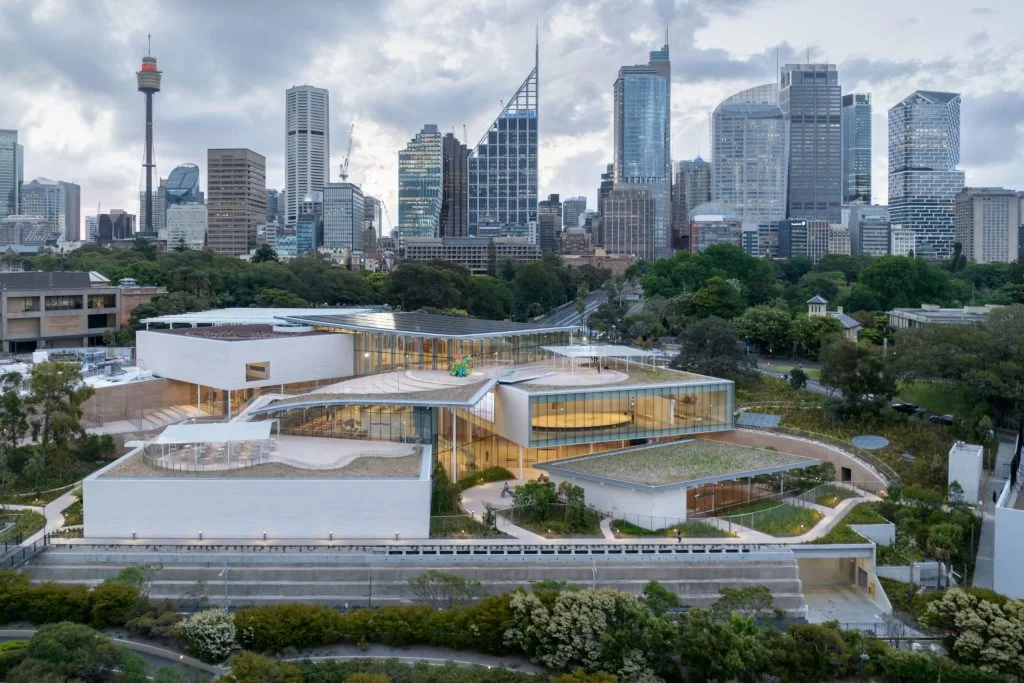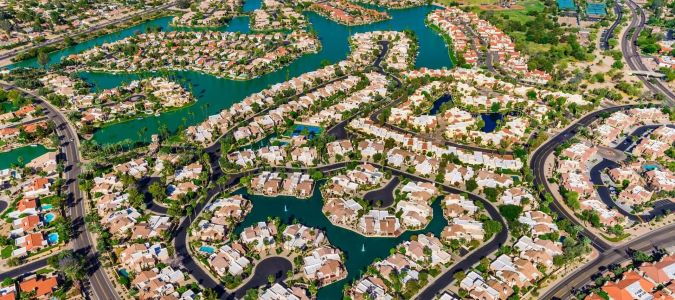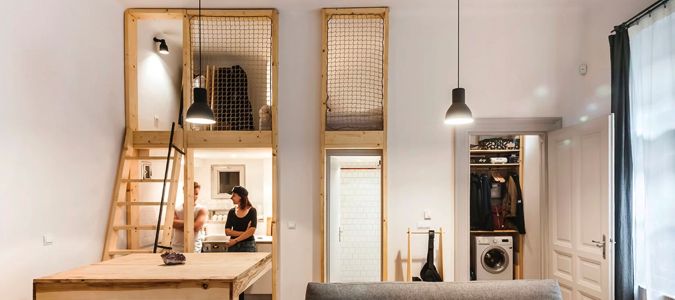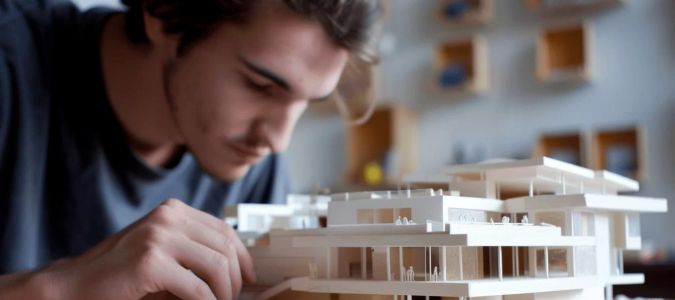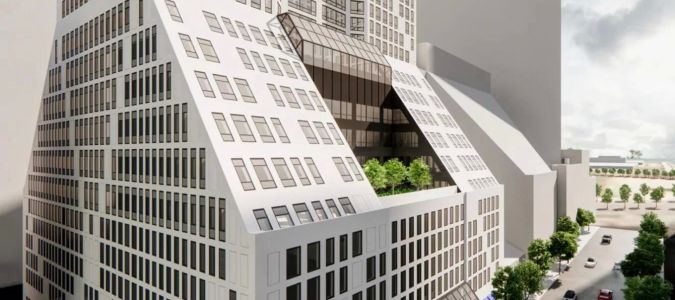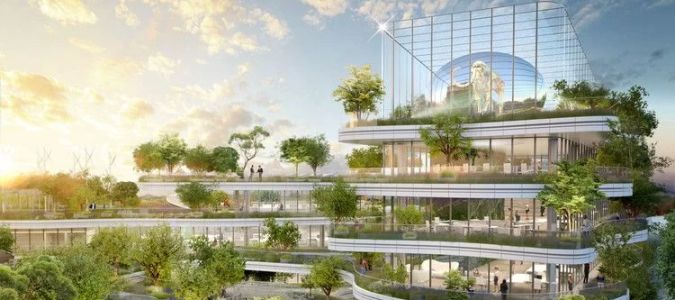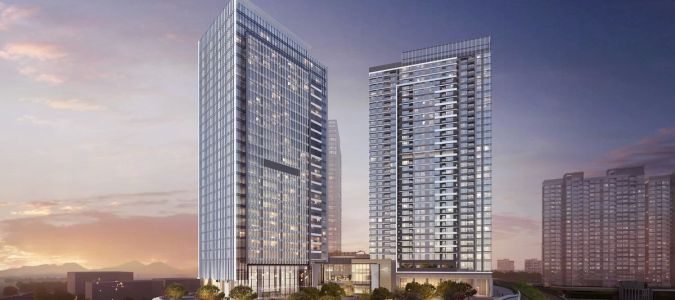Why Architecture is Crucial in Shaping Urban Communities: Exploring the Impact of Urban Design
- Introduction to Urban Architecture
- Architecture and Community Development
- Modern Architecture and Sustainability
- Case Studies of Urban Design
- The Future of Urban Architecture
1. Introduction to Urban Architecture
Architecture is not just about constructing buildings; it's about creating spaces that define how people interact with their environment. Urban architecture plays a key role in shaping urban communities, influencing everything from the layout of city streets to the design of public spaces. As cities grow and evolve, the architecture of these spaces determines the social dynamics, environmental impact, and overall livability of urban areas.
2. Architecture and Community Development
The design of urban spaces directly impacts the quality of life for residents. Thoughtfully planned architecture can foster a sense of community, create safe environments, and provide access to essential services. For instance, public parks, community centers, and residential buildings that are well-designed contribute to the social cohesion of neighborhoods.
2.1 Building Spaces for Social Interaction
One of the ways architecture shapes urban communities is by promoting social interaction. Spaces that are designed with community needs in mind—like plazas, pedestrian-friendly streets, and public squares—encourage people to gather, interact, and form connections. These interactions help foster a sense of belonging and contribute to the overall social fabric of a city.
2.2 Accessibility and Inclusivity
Good urban design ensures that all members of society, regardless of their age, ability, or background, can access and enjoy public spaces. Accessibility features such as ramps, wide walkways, and easy-to-navigate public transportation systems help create an inclusive environment where everyone feels welcome and can participate in community life.
3. Modern Architecture and Sustainability
In today’s rapidly developing urban landscapes, sustainability is becoming an increasingly important factor in architectural design. Modern architecture has the power to address environmental concerns while enhancing the aesthetic appeal of urban spaces. Green buildings, energy-efficient designs, and sustainable materials not only reduce the carbon footprint of cities but also promote healthier living environments.
3.1 Eco-Friendly Urban Design
Eco-friendly architecture is a central component of modern urban design. Green roofs, solar panels, and rainwater harvesting systems are just a few examples of how cities are incorporating sustainability into their building designs. By utilizing these technologies, cities can reduce their environmental impact while creating healthier, more energy-efficient spaces for residents.
3.2 Creating Sustainable Urban Communities
Modern architecture doesn’t just focus on individual buildings; it also considers the broader impact of urban planning on the environment. Sustainable urban communities aim to minimize pollution, reduce waste, and encourage green living. Cities like Copenhagen, with its emphasis on cycling infrastructure and green spaces, serve as examples of how sustainable urban design can create a better quality of life for everyone.
4. Case Studies of Urban Design
Real-world examples of successful urban design can offer valuable insights into how architecture shapes communities. By examining cities that have implemented innovative architectural solutions, we can understand how thoughtful design can improve urban life.
4.1 The High Line in New York City
The High Line, an elevated park built on a former rail line in Manhattan, is a prime example of how architecture can transform urban spaces. The park has become a popular destination, fostering community interaction and providing a green oasis in the heart of a busy city. Its success has inspired other cities around the world to consider similar projects.
4.2 Barcelona’s Superblocks
In Barcelona, the introduction of “superblocks” has revolutionized the way the city organizes its streets. These superblocks are designed to prioritize pedestrians and cyclists over cars, reducing traffic congestion and improving air quality. The innovative urban design has led to a more sustainable, pedestrian-friendly environment, making it a model for other cities looking to enhance livability.
5. The Future of Urban Architecture
As cities continue to grow and evolve, the future of urban architecture will be shaped by advancements in technology, sustainability, and social needs. Smart cities, which integrate technology into urban infrastructure, are already on the rise. These cities use data and technology to optimize energy use, improve public services, and enhance the quality of life for residents.
5.1 The Role of Smart Cities
Smart cities are built on the integration of technology into the urban landscape. From traffic management systems to smart buildings that monitor and reduce energy consumption, smart cities aim to create more efficient, livable environments. As technology advances, these cities will become more responsive to the needs of residents, enhancing urban communities and their overall sustainability.
5.2 Future Trends in Urban Design
The future of urban design will focus on creating adaptable, resilient spaces that can withstand challenges such as climate change, population growth, and urbanization. Architects will continue to push the boundaries of design, incorporating new materials, green technologies, and community-focused elements that promote health, well-being, and sustainability.
Architecture is not just about buildings—it's about shaping the way we live and interact with the spaces around us. From creating spaces that foster social connection to designing cities that are environmentally sustainable, architecture plays a crucial role in shaping urban communities. If you're interested in learning more about how architecture influences urban development and exploring opportunities for creating impactful spaces, visit 10 Jay Street for more insights and projects that are redefining urban design.



